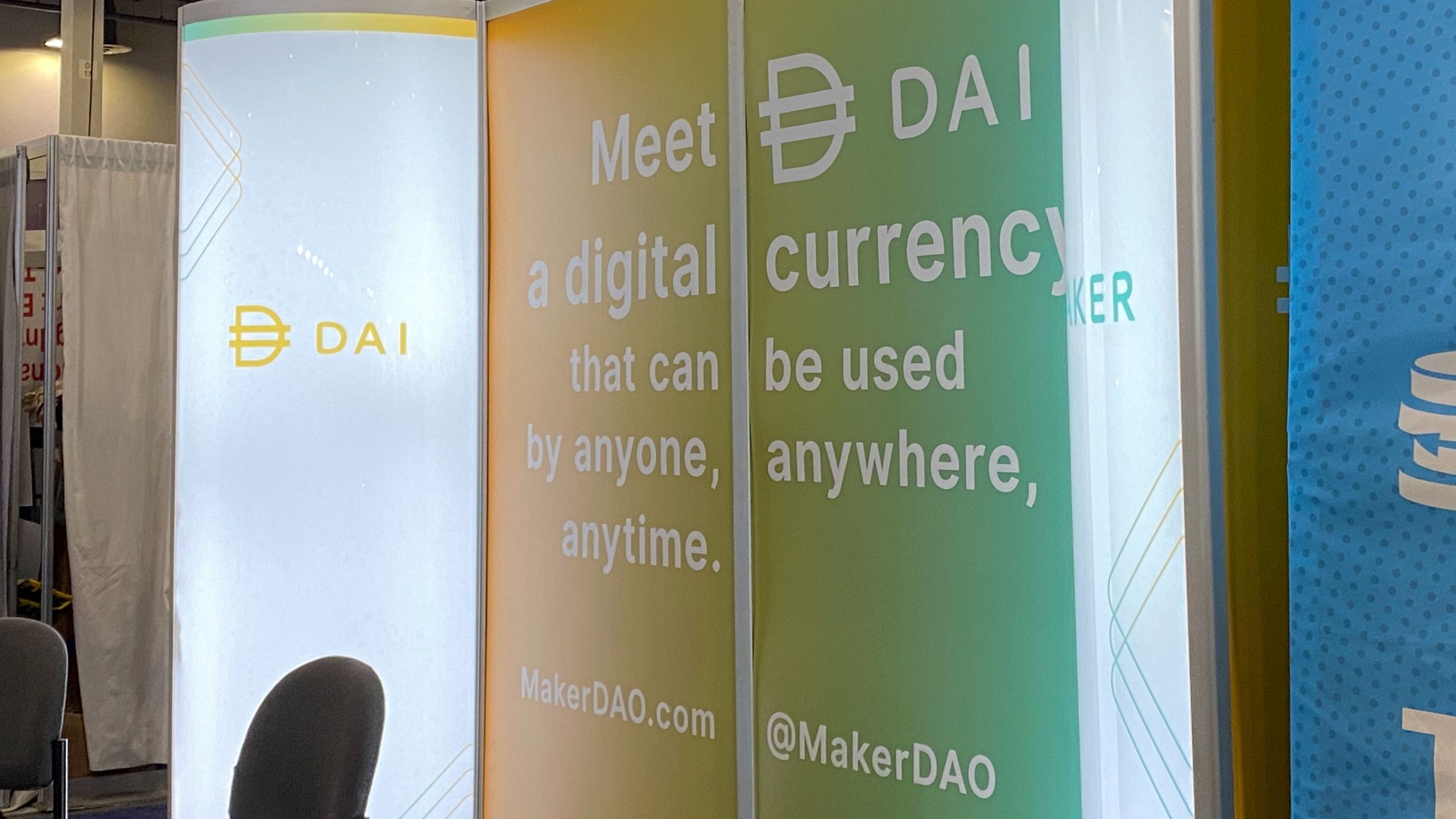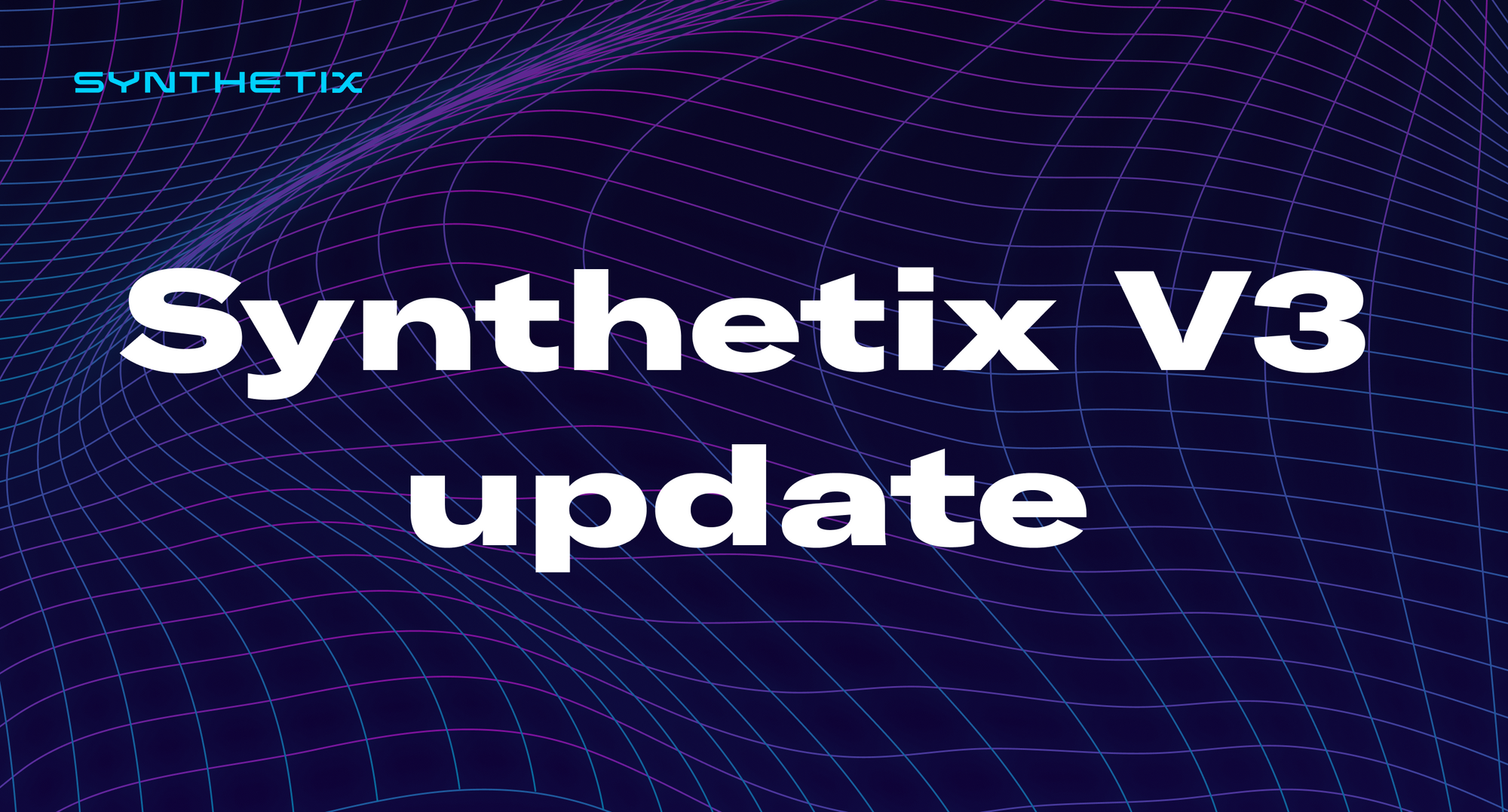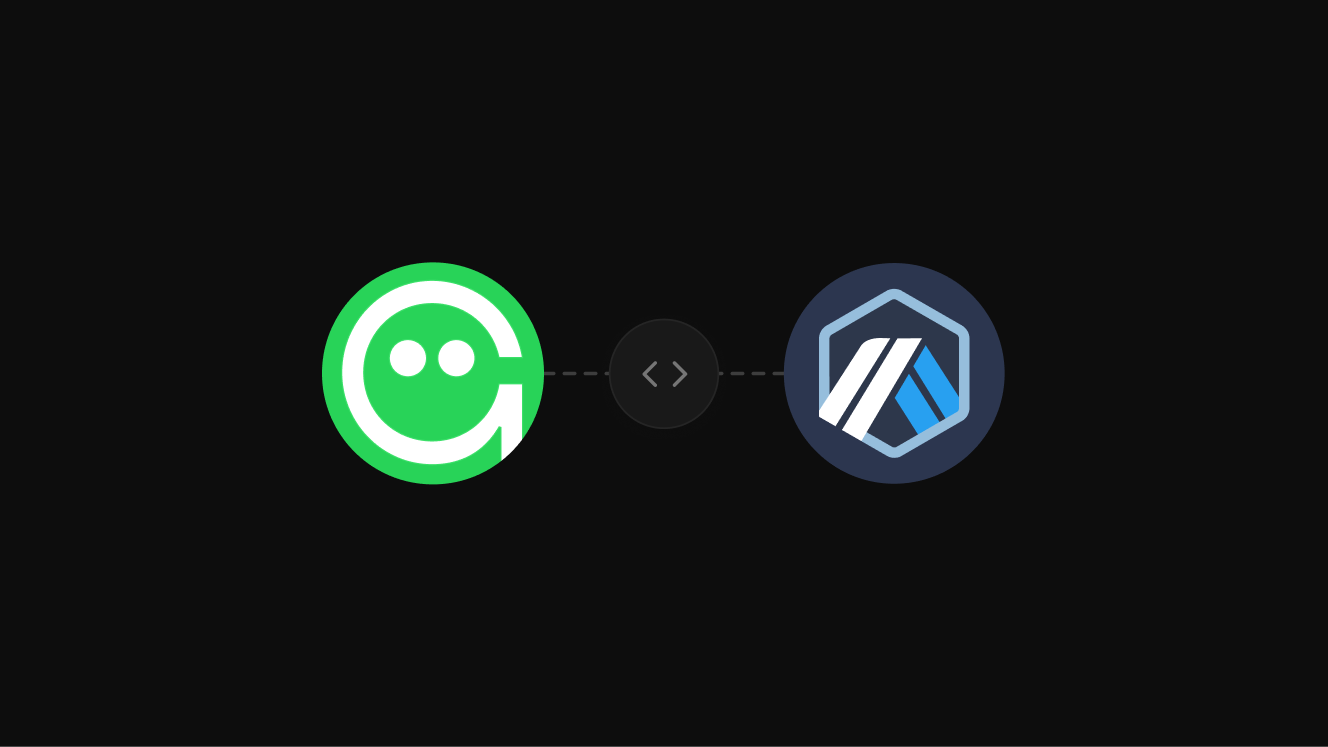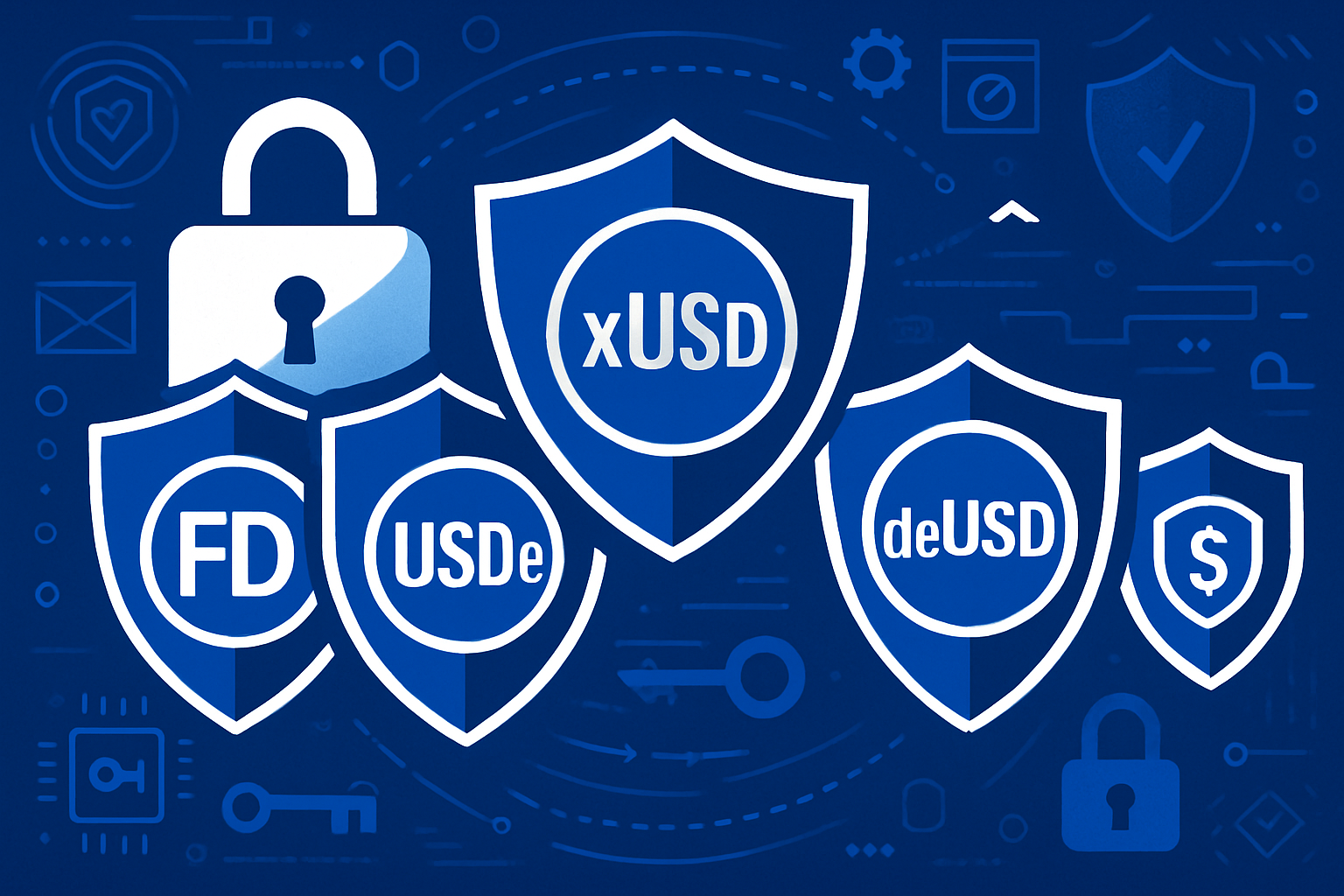
Stablecoins are at the heart of the DeFi ecosystem, offering users a way to transact and store value with minimal volatility. Yet, as recent market events have shown, stablecoins are not immune to risk. The threat of depegging, where a stablecoin’s price strays from its intended value, remains a top concern for investors and protocols alike. In response, several leading stablecoins now feature built-in or integrated depeg protection mechanisms designed to enhance user confidence and reduce systemic risk. Here’s an in-depth look at five top stablecoins that exemplify the latest advances in DeFi risk mitigation.
USDC: Enhanced with Etherisc Depeg Protection
USD Coin (USDC) is one of the most widely used fiat-backed stablecoins, known for its transparency and regulatory compliance. However, USDC has faced its own depeg scares, the most notable being in March 2023 when exposure to Silicon Valley Bank led to a brief dip below $1.
To address this vulnerability, USDC holders can now access Etherisc’s innovative depeg protection cover. This parametric insurance solution automatically pays out if USDC drops below $0.995 and fails to recover within 24 hours, using Chainlink data feeds for reliable verification. The product is designed for non-custodial wallets and provides peace of mind for both retail users and DeFi treasuries.
Limitations: While Etherisc’s cover is a significant step forward, it is an external add-on rather than native to the USDC protocol itself. Coverage terms and payout caps may vary, so users should review policy details carefully before relying on this layer of protection.
DAI: Multi-Layered Peg Safeguards
Dai (DAI), currently priced at $0.9995, is MakerDAO’s decentralized stablecoin known for its robust on-chain mechanisms. DAI maintains its peg through over-collateralization, users must lock up more value than they borrow, and dynamic liquidation processes managed by smart contracts.
A key feature is the Peg Stability Module (PSM), which allows users to swap DAI with other stablecoins like USDC at close to $1, absorbing shocks during periods of volatility. In extreme scenarios, MakerDAO can trigger an Emergency Shutdown, allowing all DAI holders to redeem their tokens directly against underlying collateral.
Limitations: DAI’s resilience depends on the quality and composition of its collateral pool. Heavy reliance on assets like USDC introduces indirect risks; if those assets falter, so could DAI’s peg stability, as seen during past market disruptions.
sUSD: Synthetix’s Collateralized Approach and Insurance Integrations
sUSD, issued by the Synthetix protocol, takes a synthetic approach by letting users mint sUSD against staked SNX tokens with enforced over-collateralization ratios. This structure aims to buffer against price swings in SNX while maintaining sUSD’s $1 peg.
Synthetix has also explored insurance integrations with third-party providers, offering additional layers of user protection against protocol failures or black swan events affecting sUSD stability.
sUSD (Synthetix USD) Price Prediction 2026-2031
Projected Price Ranges Considering Depeg Risks, Collateral Volatility, and Market Evolution
| Year | Minimum Price | Average Price | Maximum Price | Annual % Change (Avg) | Market Scenario Insights |
|---|---|---|---|---|---|
| 2026 | $0.97 | $1.00 | $1.03 | +0.0% | Stable peg; minor depeg events possible if SNX volatility increases |
| 2027 | $0.96 | $1.00 | $1.04 | 0.0% | Greater adoption of Synthetix; regulatory clarity supports stability |
| 2028 | $0.95 | $1.01 | $1.06 | +1.0% | Improved collateral management tech; competition from new stablecoins |
| 2029 | $0.94 | $1.01 | $1.08 | +0.0% | Potential for more frequent depeg events in broader market stress |
| 2030 | $0.93 | $1.02 | $1.10 | +1.0% | Bullish scenario: Depeg protection products widely adopted, boosting trust |
| 2031 | $0.92 | $1.02 | $1.12 | +0.0% | Bearish scenario: Regulatory headwinds or SNX price collapse could test peg stability |
Price Prediction Summary
sUSD is expected to largely maintain its $1.00 peg over the next six years, but minimum prices reflect ongoing risks from SNX collateral volatility and broader market stress. Average prices remain near $1.00, with slight upward drift possible if Synthetix adoption and DeFi usage increases. Maximum prices allow for brief positive depegs during high demand or technical upgrades. However, persistent or severe depegs remain unlikely barring systemic failures.
Key Factors Affecting sUSD Price
- Volatility of SNX (collateral asset) and its effect on sUSD’s over-collateralization ratio
- Improvements in Synthetix protocol and Depeg protection mechanisms
- Broader crypto market cycles and DeFi adoption trends
- Regulatory changes affecting stablecoins and synthetic asset protocols
- Emergence of new competitors with more robust depeg protection
- Adoption of external depeg insurance products (e.g., Etherisc)
- Potential systemic risks or black swan events affecting collateral pools
Disclaimer: Cryptocurrency price predictions are speculative and based on current market analysis.
Actual prices may vary significantly due to market volatility, regulatory changes, and other factors.
Always do your own research before making investment decisions.
Limitations: The main vulnerability lies in SNX price volatility; if SNX experiences severe downturns and stakers cannot provide extra collateral quickly enough, sUSD could still lose its peg despite these safeguards.
Aave GHO: Protocol-Level Risk Mitigation
GHO, Aave’s native USD-pegged stablecoin, leverages Aave’s battle-tested lending infrastructure for risk management. GHO borrowers must post collateral within Aave’s established parameters; liquidations are triggered automatically if positions become under-collateralized.
The protocol also incorporates governance-controlled rate adjustments and risk parameters that can be updated rapidly in response to market stress, helping maintain GHO’s peg even during turbulent periods.
Top Stablecoins with Built-In Depeg Protection
-

USDC (with Etherisc Depeg Protection): USDC is a leading fiat-backed stablecoin designed for transparency and reliability. Etherisc’s depeg protection cover provides automated, parametric insurance for USDC holders: if USDC drops below $0.995 and remains there for over 24 hours, users in non-custodial wallets receive automatic payouts. This cover leverages Chainlink data feeds for tamper-proof price verification, offering an extra layer of security beyond USDC’s reserve attestations.
-

DAI (with MakerDAO’s Peg Stability Module and Emergency Shutdown): DAI is a decentralized, over-collateralized stablecoin managed by MakerDAO. Its Peg Stability Module (PSM) allows users to swap DAI for other stablecoins at near-parity, helping absorb market shocks. In extreme scenarios, Emergency Shutdown can be triggered to return collateral to holders, providing a last-resort depeg protection mechanism.
-

sUSD (with Synthetix’s Collateralization and Insurance Integrations): sUSD is a synthetic USD-pegged stablecoin issued by Synthetix. It maintains its peg via over-collateralization of SNX tokens and dynamic debt pools. Synthetix has also integrated with insurance protocols to offer additional depeg cover for sUSD holders, enhancing risk management for users.
-

GHO (Aave’s Native Stablecoin with Protocol-Level Risk Mitigations): GHO is Aave’s decentralized stablecoin, minted against a diversified basket of collateral assets within the Aave protocol. Protocol-level risk mitigations include robust liquidation mechanisms, dynamic interest rates, and governance-controlled parameters to help maintain the peg and respond to market volatility.
-

EUROe (Membrane Finance’s Euro Stablecoin with Built-In Depeg Protections and Regulated Safeguards): EUROe is a fully regulated, euro-denominated stablecoin issued by Membrane Finance. It features built-in depeg protections such as transparent reserve attestations and compliance with EU e-money regulations, ensuring user funds are safeguarded and redeemable at all times.
While GHO’s design benefits from Aave’s mature governance and risk frameworks, it is not immune to systemic shocks. Sudden drops in collateral asset values or liquidity crises could still challenge the peg. However, the protocol’s ability to quickly update parameters and its deep on-chain liquidity pools provide a meaningful backstop that many algorithmic stablecoins lack.
Limitations: Like all over-collateralized stablecoins, GHO’s safety net is only as strong as the assets backing it. Sharp downturns in crypto markets or correlated liquidations across Aave could test the limits of its automated protections.
EUROe: Regulated Euro Stablecoin with Built-In Depeg Safeguards
EUROe, issued by Membrane Finance, stands out as a fully regulated euro-denominated stablecoin. Unlike most USD-pegged options, EUROe is backed by cash and government bonds held at European financial institutions, under strict regulatory oversight. This structure aims to minimize counterparty risk and enhance transparency for users seeking euro exposure in DeFi.
EUROe incorporates built-in depeg protections through its legal structure and custodial arrangements. Regular audits and compliance checks help ensure that reserves always match circulating supply. Additionally, users benefit from clearly defined redemption rights anchored in European financial law, providing a safety net if market volatility threatens the peg.

Limitations: Regulatory safeguards can bolster confidence but may introduce friction or delays during periods of stress. Redemption processes might be slower than those of purely on-chain solutions, especially if legal or banking systems face disruptions.
Comparing Built-In Depeg Protection Mechanisms
| Stablecoin | Main Peg Protection | Key Limitation |
|---|---|---|
| USDC | Optional Etherisc parametric insurance | Add-on coverage; not native to protocol; subject to policy terms |
| DAI ($0.9995) | Peg Stability Module; Emergency Shutdown; on-chain collateralization | Exposure to underlying collateral risks (notably USDC) |
| sUSD | Synthetix over-collateralization; insurance integrations | Tied to SNX token price volatility; reliance on third-party insurance effectiveness |
| Aave GHO | Aave protocol-level risk controls; rapid governance response | Systemic risk if collateral assets crash or mass liquidations occur |
| EUROe | Regulated reserves; legal redemption rights; regular audits | Pace of redemptions may depend on traditional finance rails during stress events |
What Users Should Know Before Relying on Depeg Protections
The landscape for stablecoins with depeg protection is maturing but still far from risk-free. Even the most advanced mechanisms rely on external factors, such as market liquidity, collateral quality, regulatory clarity, and timely governance interventions, to function as intended. Users should:
No solution offers absolute safety against black swan events or cascading market failures. However, understanding each stablecoin’s unique approach to risk mitigation empowers users to make informed decisions about where and how they hold value in DeFi.
If you want deeper insights into how these protections work across different protocols, or wish to compare real-time prices, check out our comprehensive guides and analytics dashboards for ongoing updates.








